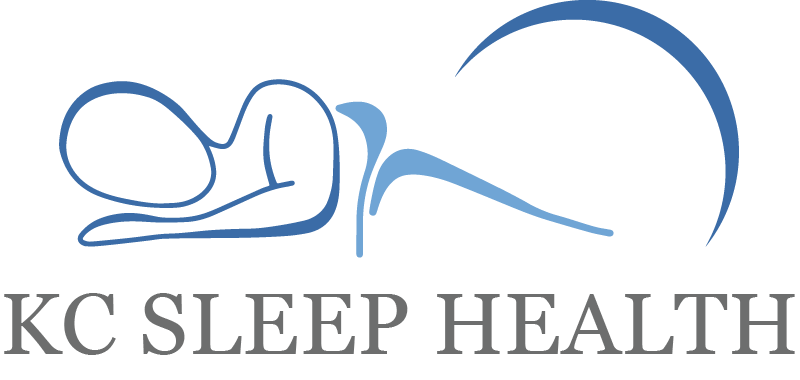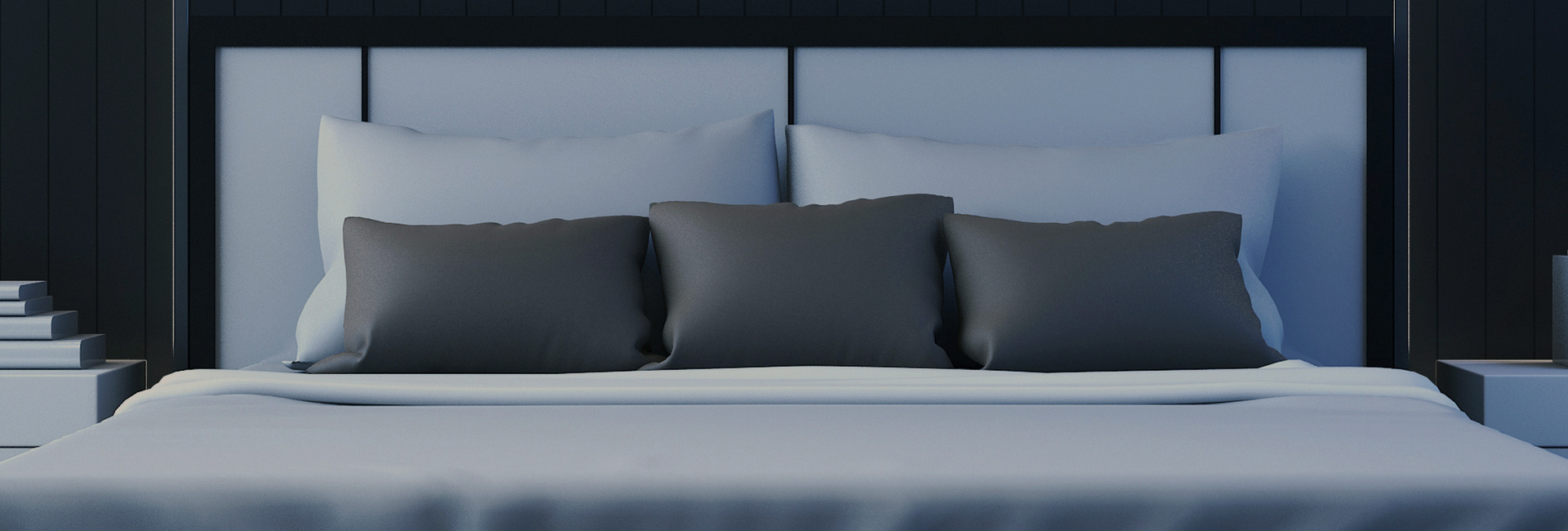18 Jul The Sex Differences in OSA
Many people think Obstructive Sleep Apnea is mainly a condition for men since 22-27% of males in the US have OSA. The most common symptoms in men are snoring and excessive daytime sleepiness (EDS). However, women manifest OSA symptoms much differently. They are more likely to report daytime fatigue, lack of energy, insomnia, morning headaches and mood disturbances/depression.
Women are more likely to be underdiagnosed because these symptoms are more easily attributed to other things like stress. Interestingly, a study showed that women with OSA missed more days from work and utilized medical services more frequently.
Another difference between the sexes is that women have a much higher incidence of sleep apnea during pregnancy and after menopause. Approximately 9% of women under 40 are reported to have OSA, while the number jumps approximately 22% in women over 50. Hormone replacement therapy can help decrease the severity of OSA in post menopausal women, but only as long as treatment lasts.
Home sleep testing has now become the most common method of diagnosing Obstructive Sleep Apnea. Here again, there is a difference in overall accuracy between men and women. Hypopnea is the condition where breathing becomes so shallow that the oxygen level in the blood drops below 3% or 4%. The American Academy of Sleep Medicine defines hypopnea with the 3% rule , however most insurance companies use the 4% rule. Since women tend to have more 3% desaturations than men, their home sleep studies can more easily be under-reported. I hope this information has been helpful in understanding some of the differences between the sexes when it comes to Obstructive Sleep Apnea.

